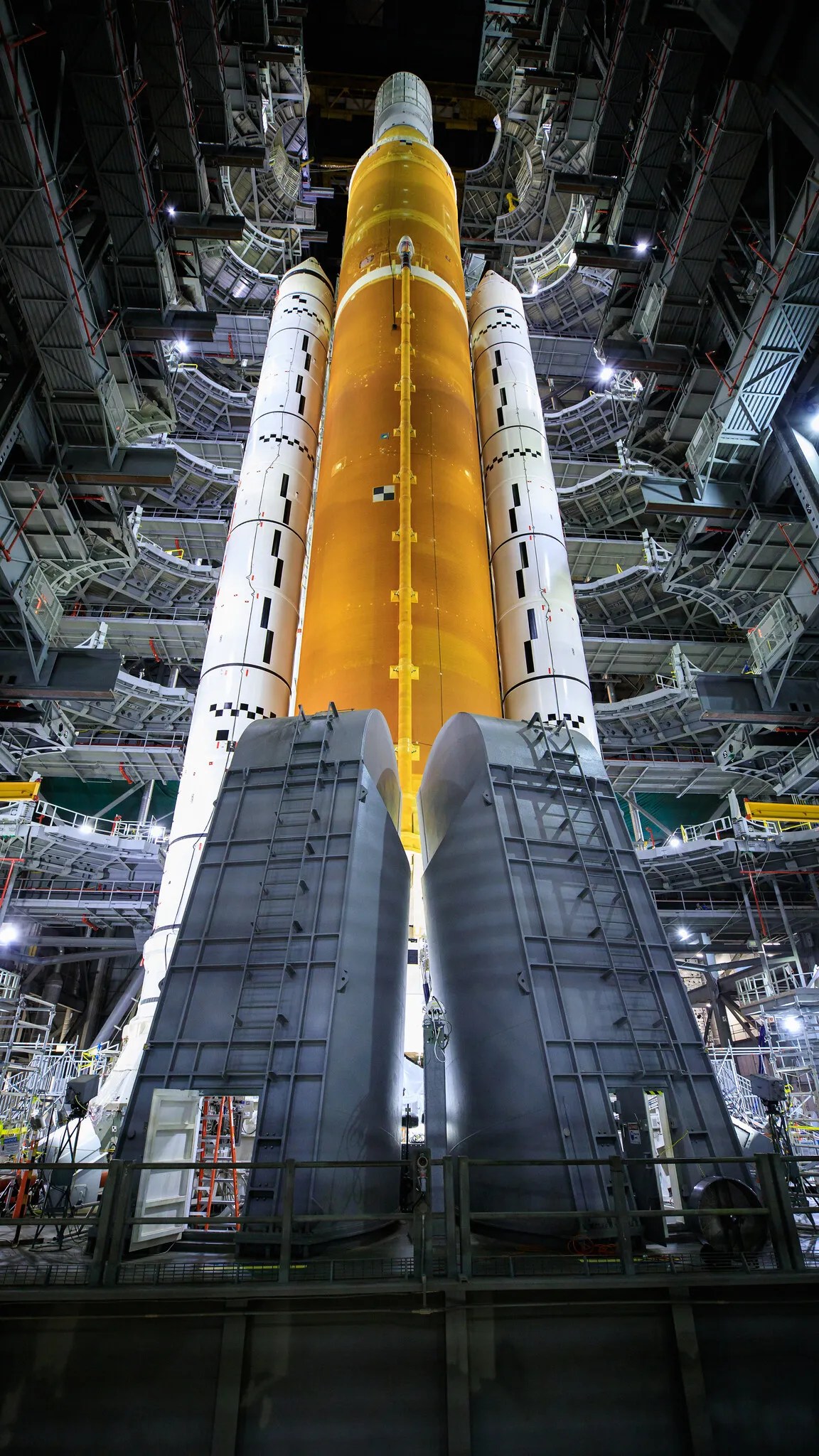Rockets, astronauts, interstellar spacecraft that look deep into the universe and back to our own living planet – all are icons of NASA’s mission to explore the secrets of the universe for the benefit of all. Not so iconic is the day-to-day work that happens to make sure NASA’s missions are successful… like paying utility bills.
Yes, even NASA has to pay utility bills, and launching rockets and training astronauts and building space telescopes all require lots of energy and water. In fact, in fiscal year 2023, NASA spent $140M on energy and water utilities. Our top priority is supporting the mission, but we also want to do it as efficiently as possible.
That’s where NASA’s Energy and Water Management Program comes in. Our 13 Energy and Water Managers and their teams work daily to make sure NASA operates as efficiently as possible – with impressive results you can see in our Sustainability Scorecard.
One way we manage energy and water at NASA is to invest in our biggest energy and water uses to make them more efficient. Each year, NASA invests an average of $25M in energy efficiency, targeting significant energy uses (SEUs) like Kennedy Space Center’s (KSC) Vehicle Assembly Building (VAB), where rockets are prepared for launch.

The VAB uses 7% of KSC’s total energy in a year, while the Neutral Buoyancy Laboratory (NBL) in Johnson Space Center’s Sonny Carter Training Facility, where astronauts train for extravehicular activity (EVA), is in NASA’s top SEU list of mission facilities, with almost 1% of the entire agency’s energy being consumed in that facility each year.
Some lesser-known locations use even more energy. Michoud Assembly Facility’s Manufacturing Building, where NASA’s rockets are constructed, is NASA’s 3rd largest mission energy use, consuming almost 4% of the agency’s total annual energy in one building alone. That’s 273 billion British thermal units, enough energy to power over 3,500 US homes in a year. (To be fair, it’s a really big building – 32 football fields could fit under its roof!)
Another SEU, Ames Research Center’s supercomputing facility, hosts several supercomputers and consumes 2% of NASA’s energy while supporting a wide range of missions, such as interpreting exabytes of data from deep space probes like Voyager 1 and 2.
Each of these facilities is vital to NASA’s mission, and by investing in facilities like these, we are not only keeping those utility bills as low as possible, we’re also focusing on what matters most to NASA. Visit our website to find out more about NASA’s Energy and Water Management Program.























